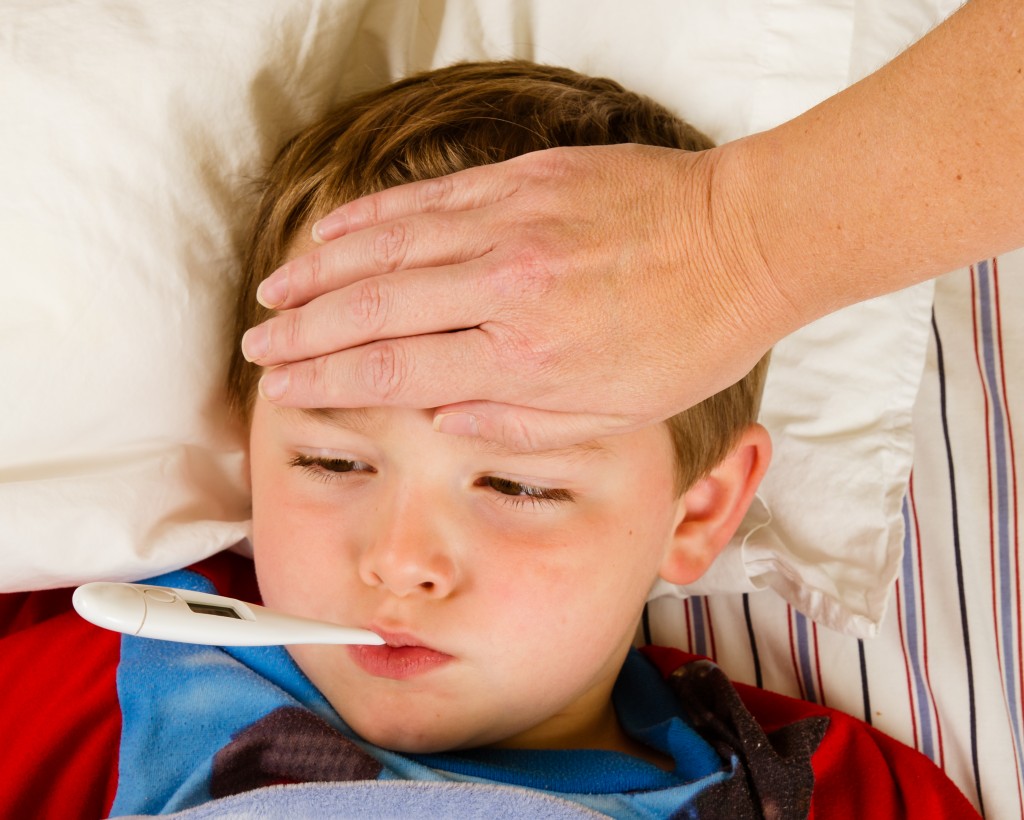Kiev. Ukraine. Ukraine Gate – January 29, 2021 – Health
“The young child’s immune system has not yet created a barrier to many infections, so the toddler is much more susceptible to disease than older children, who have built up immunity to many pathogens,” says Joan Cox, deputy chief at Boston Children’s Hospital.
The most common diseases in young children and how to deal with them.
Cold
You probably know the rule to treat mild fever, runny nose, cough, and sore throat with plenty of fluids and rest. If your baby is experiencing severe discomfort, baby ibuprofen or acetaminophen may help reduce fever. Use saline nasal drops followed by a nasal aspirator to suck up mucus. This will clear the nasal passages and loosen the drainage at the back of the throat. Most children will recover from a cold within five to seven days.
ARVI
Children under 2 years of age are most susceptible to this virus. The acute respiratory viral infection affects the lungs. In most cases, symptoms are relatively minor and mirrored those of the common cold. According to the Centers for Disease Control and Prevention, about 150,000 children are hospitalized annually with ARVI. Call your pediatrician right away if your child is breathing very quickly, a whistling sound is heard while breathing, or the child has difficulty breathing or refuses to drink fluids.
Baby roseola
Some children experience symptoms such as fever, runny nose, cough, and later a patchy rash that starts on the chest and spreads throughout the body. Although the illness usually lasts for about a week, see your pediatrician if your child’s fever lasts longer than three days.
Gastroenteritis
This disease causes vomiting, diarrhea, and abdominal pain. Many viruses can cause gastroenteritis. In most cases, gastroenteritis resolves within a few days and requires nothing more than rest and adequate drinking. Make sure your child is consuming enough fluids to prevent dehydration.
Read also: Five Foods to Boost Your Immunity in Winter






